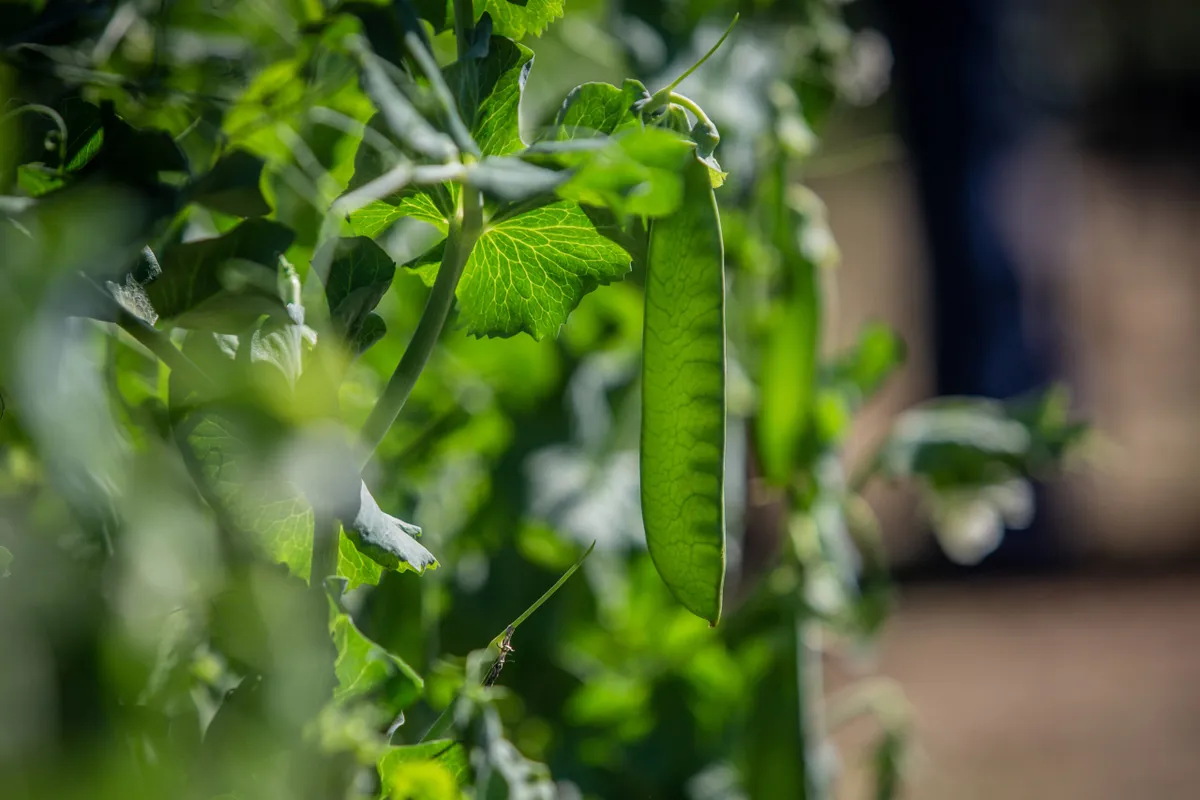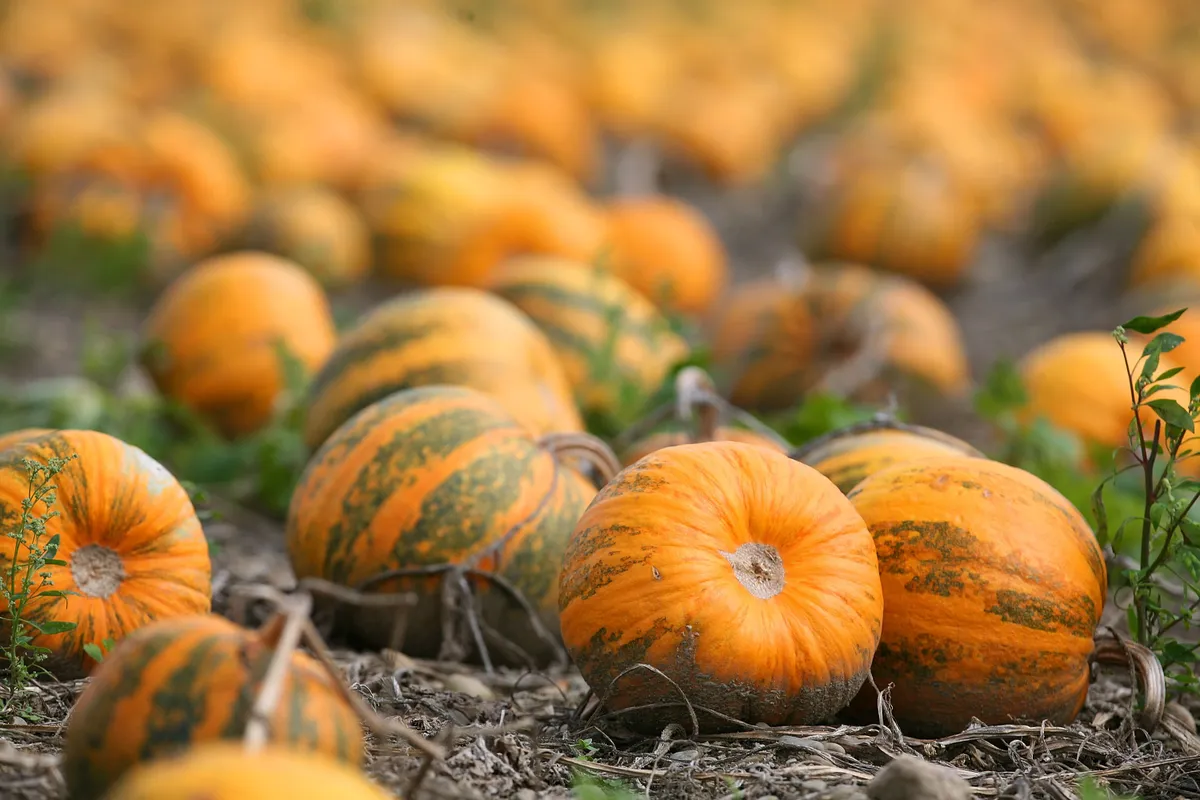May in the south of England is the most enchanting month. Sadly, I cannot relax and enjoy it. I am far too busy worrying about space, or rather the lack of it. This is the month when seedlings are jostling for position in the glasshouse and cold frames, and the temptation can be strong to plant them out too soon, just to get them out of the way.
Don't miss our round up of the best plants for May, what to plant in May and the gardens to visit this month.
Even now, with the days growing longer and the sun gaining strength, the nights can be chilly. Plants grown under glass must be hardened off by gradually increasing their exposure to the elements before they can be planted out. Start by putting them outside during the day and bringing them back in at night. Once you have done this for three days or so you can graduate on to leaving them out all night in a sheltered spot. By this time they should be ready to plant out, although crops such as beans will still be grateful for a covering of horticultural fleece if the temperature looks likely to dip below 7°C. Aaron Bertelsen
With the borders expanding and grass growing, May is a good time to redefine lawn edges using a half-moon edging tool to create a sharp line that can easily be trimmed in summer. Tackle any weeds now to prevent spread and water anything newly planted if there is a dry spell. May is about final preparations and the establishment of new additions to the garden, ensuring they prove a success as the year goes on. Benjamin Pope
Gardening jobs for May
In the vegetable garden
Plants such as tomatoes and climbing beans need to be in the ground in May if they are to have sufficient time to mature and produce a crop. Temperatures can still drop at this time of year though, and a sudden move from a sheltered environment to the garden may prove fatal. Harden plants off by gradually increasing their exposure to the elements each day for a week or so before you plant them out, and wait until night-time temperatures have stopped dipping below around 7°C. AB
Maincrop peas should be in the ground now, whether in your vegetable patch or in a container. Good sturdy supports are essential – I like to use pea sticks for the plants to scramble up – and these should be put in place before you sow so that you don’t subsequently damage the seedlings. AB

Keep sowing salad, to ensure a succession right through the summer and into the autumn. Sowing a small amount every three to four weeks should do the trick, but remember, there is no point growing more than you can eat or give away, and no point having lots of crops going to seed if you’re going to be away for half the summer. AB
Sow sweet corn. Last year I outwitted the badgers by growing it in a large fabric bag outside the kitchen door. It worked brilliantly, and meant I had all the fun of watching it grow, too. AB
If you haven’t already done so, this is your last chance to sow pumpkins, squash and courgettes. They really need to be in the ground by mid-May if they are to have time to grow and ripen properly. They can also work very well grown in a pot, given adequate space, a good rich compost and regular feeding with something like liquid seaweed. AB

This is the perfect time to sow winter brassicas. In my view, there is little point in doing it any earlier, otherwise you will have more greens coming through while the summer crops are still going strong. I also find that crops such as a cabbages and kale taste better after a cold snap, which raises the levels of sugar in their leaves. AB
As the weather warms up and plants enter a period of vigorous growth, you must be diligent about watering and, for plants in containers in particular, feeding. A dose of liquid seaweed once a week will work wonders. With watering, the mantra is, as ever, water well, not often. A really good soak will encourage the plants to reach their roots right down into the soil and make them less vulnerable in a dry spell. AB
Earth up potatoes and oca As the top growth of potatoes and the potato-like tubers of oca emerge, gather soil or apply compost to make a mound around the young stems to encourage more tubers
and protect from late frosts. BP
In the flower garden
Tie in the new growth of climbers As summer approaches, tie in young climbing plants such as clematis and sweet peas, along with crops such as tomatoes, climbing squash and beans. Benjamin Pope

Chelsea chop perennials Now is the perfect time to ‘Chelsea chop’ perennials such as Althaea cannabina, hylotelephium, nepeta, phlox and symphyotrichum. Cut back new growth by about a third to encourage stouter, sturdier plants. BP
Plant tender additions Harden off your tender plants and get them into the garden. Traditional summer bedding, along with cannas, dahlias and hedychiums, can be planted, as too can the unusual Amicia zygomeris and Eupatorium capillifolium. BP

Take cuttings of perennials Bulk up numbers of summer perennials such as anthemis, penstemons and salvias by taking stem- and soft-tip cuttings. Initially keep in a humid environment, so they root quickly and can be grown on to plant out in summer. BP
What to harvest and pick in the garden
If they were sown under glass or fleece this spring, fresh salad leaves, pea shoots and rocket will be ready now. Perennial vegetables, such as asparagus, garlic cress and forced sea kale, can be harvested, taking advantage of the soft new growth. BP
To get super-early potatoes, I like to grow ‘Swift’ in tubs or sacks, somewhere sheltered and warm (an unheated greenhouse is ideal) where an early March planting can see you harvesting in the latter days of May. Outside of the vegetable garden I’ll forage for wild garlic. Its leaves and flowers make tasty pesto while its seeds can be preserved as delicious ‘capers’. BP

May brings with it many options when cutting for the house. Classics include lilac, peonies and Viburnum opulus ‘Roseum’. Along with lily of the valley, they can all be grown and cut straight from the borders. Use early perennials alongside bulbs for great combinations – favourites of mine include Geum ‘Mai Tai’ with Camassia quamash. But don’t forget the mighty tulip. BP

